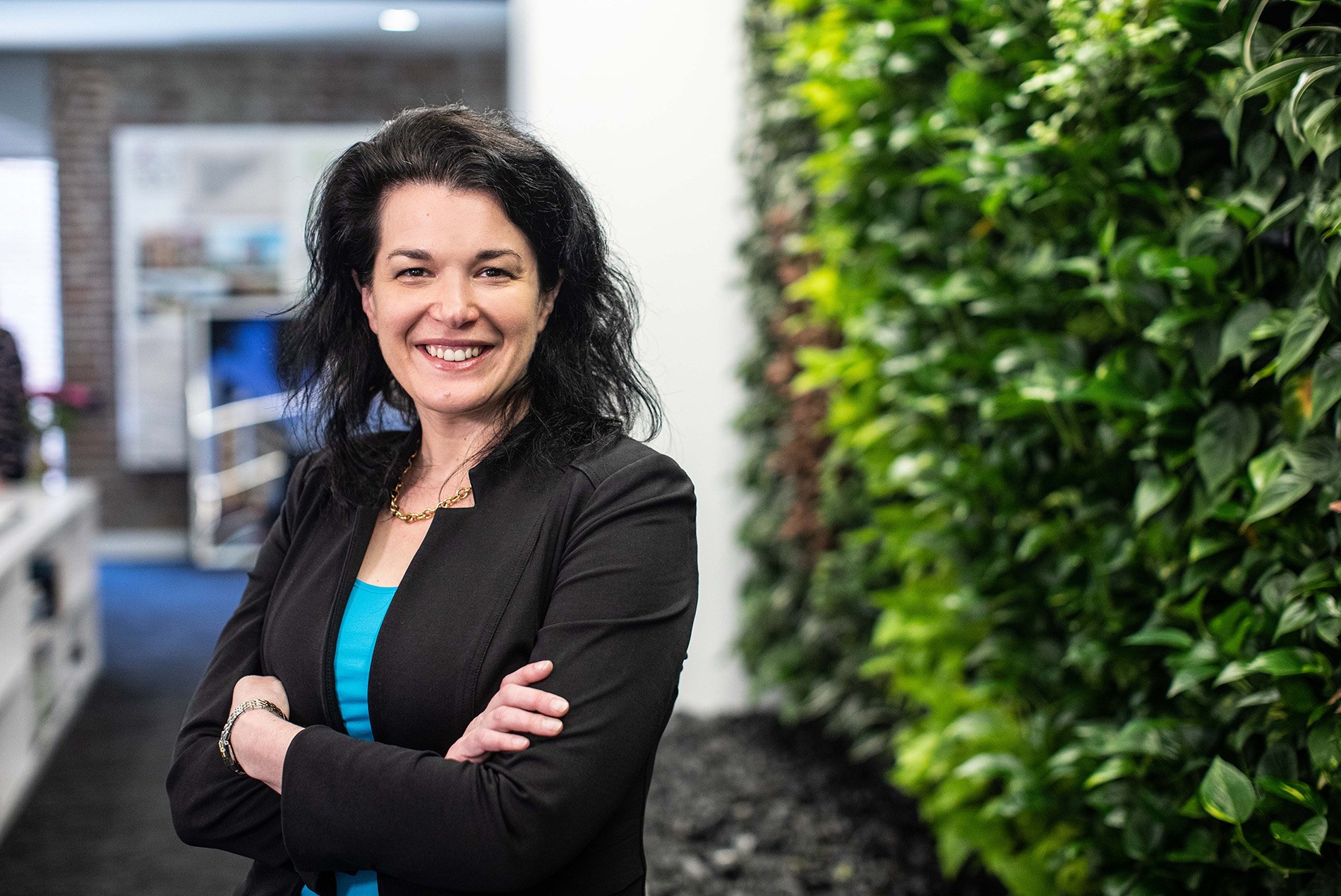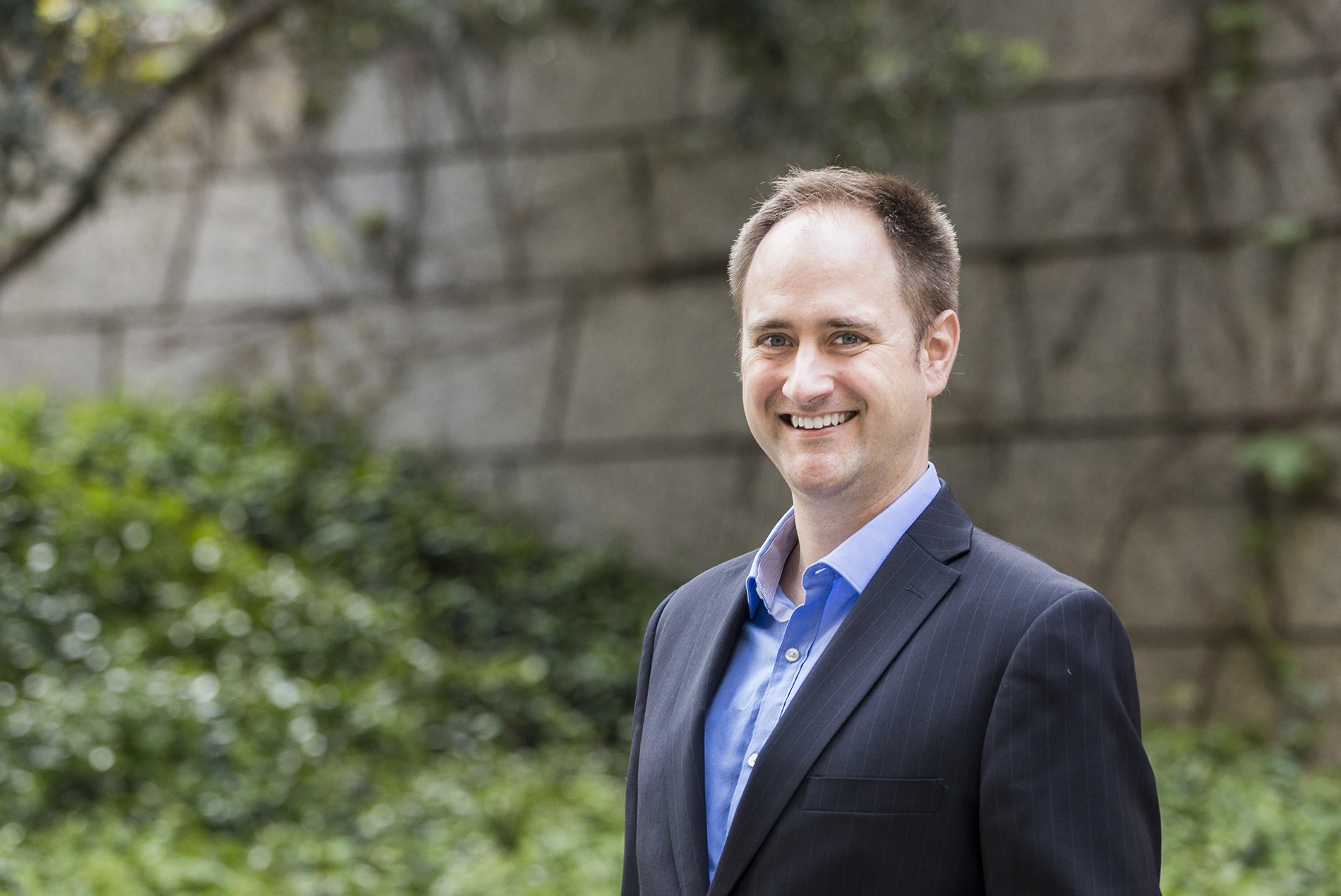HOK’s sustainable design leaders discuss how the firm is redefining sustainability to create a more diverse and equitable future.
Today’s global challenges—including pandemics, climate change and societal inequities—are demonstrating the strong connection that exists between human health and the health of our communities and planet. As HOK’s sustainable design leaders outline below, the definition of sustainability must expand to address and solve multiple crises.
For more on how HOK is expanding the definition of sustainability, download our new report Health, Well-Being + Equity: A Call to Action.

Anica Landreneau – Director of Sustainable Design
“The idea of what sustains our civilization, our species, our ecosystems—these are concepts that have been baked into sustainability from the very beginning. Until now, our profession has spent a lot of time focused on the environmental side of sustainability. It’s time now to also embrace the social aspects of sustainability in health, well-being and equity.
We are social beings. We cannot thrive without relating to one another. When we create a space, it needs to be one that supports positive connections and interaction. That means creating spaces that allow everyone to participate and do so in a way that they feel equally supported, protected and welcomed.
An example of that is our Designing for Neurodiversity initiative. Some people are more neurodivergent or neurotypical than others and need a nuanced type of environment where they can thrive, learn and do their best work. We need to be open to the diverse needs of the people we are designing for and provide a platform for them to thrive.”

Komal Kotwal – Sustainable Design Leader, Health, Well-Being + Equity
“Health disparities, especially among vulnerable and marginalized communities, have worsened due to climate change. A lot of research has been done on how lack of green space leads to a decline in air quality. And because air quality is poor, asthma and other respiratory issues are on the rise. This is one of the reasons why we see the need to broaden our focus not just on health and well-being but also on community health, equity and cultural resilience.
When we think about designing for health and well-being, we often think about biophilic elements, active spaces, access to daylight and healthy foods. What we haven’t always done, though, is think about equity. How can the built environment provide everyone with access to clean air and water, equal opportunity for active spaces and access to nature?
Knowing that health and well-being are an integral part of our practice, we need to understand the relationship between climate, health and well-being and equity. The need has never been greater.”

Sean Quinn – Director of Regenerative Design
“It’s time to shape the built environment in the service of community and nature. While sustainable design has minimized harm to the environment, it’s not enough to lead to a more productive and healthier future. We need to use design as a positive force. The goal is to leverage the power of design to restore and regenerate the natural world.
Applying the principles of regenerative design, we work to understand the context and nature of place. We want to understand the communities—both the occupants of the buildings and those who come across them. We need to start creating design visions that meet the client’s needs while also incorporating the needs of nature and the community.
Examples of this could be something like the adaptive reuse of a parking garage into an office building and incorporating public park space into the project. These design approaches reduce the carbon impact of constructing a new building from scratch and provide green space that helps restore the ecosystem and support community health. In this way, regenerative design reinforces the three pillars of sustainability: individual, community and environmental health.”
Discover more. Download our new report Health, Well-Being + Equity: A Call to Action.